Each candelabra is a sculptural masterpiece, featuring a central composition that rises to support an impressive set of six gracefully curved arms, each terminating in elegant candle cups. The design of these arms, often adorned with classical motifs such as acanthus leaves and delicate scrollwork, demonstrates the high level of detail and artistic flair of the bronze makers of the period. The multi-branched candelabra was a staple of luxurious interiors, providing abundant light and serving as a prominent decorative element. The entire upper structure is supported by a captivating, classically inspired female figure. These elegant figures, meticulously rendered with flowing draperies that accentuate their graceful forms and delicate features, likely represent classical muses, goddesses, or perhaps personifications of light or the arts.
The revival of classical themes was a continuous thread in French art from the Neoclassical period through the Empire and continued into the reign of Napoleon III, where such figures were imbued with a sense of idealized beauty and grace. Their balanced postures and exquisite detailing demonstrate the exceptional craftsmanship of the artisans involved, reflecting the period's renewed interest in academic sculpture and classical ideals. The base of each candelabra is a testament to the luxurious materials favored during the Napoleon III period. It is adorned with a square section of rich malachite, a highly prized and richly colored green stone known for its distinctive concentric bands and vibrant hues.
Malachite, often mined in the Ural Mountains of Russia, was considered an exotic and precious material, its incorporation into the decorative arts signaling immense wealth and sophisticated taste. This sumptuous material adds a touch of unparalleled opulence and provides a striking visual contrast to the radiant gilt bronze. The malachite base is further embellished with intricate gilt bronze mounts, featuring finely cast acanthus leaves, classical floral motifs, and possibly other decorative elements such as scrolls or rosettes, further enhancing the piece's regal presence. These designs highlight the eclecticism of the Napoleon III style, borrowing from various historical periods to create a grand and harmonious aesthetic.
These candelabras are not merely functional lighting instruments, but true decorative statements, embodying the sumptuous tastes and artistic excellence of the Napoleon III era. They would have graced the finest salons, boudoirs, or grand dining tables of the Parisian elite, casting magnificent light while serving as superb examples of French decorative art. This pair represents a wise acquisition for any collector seeking to infuse an interior with historical sophistication and the enduring beauty of Empire-inspired design.



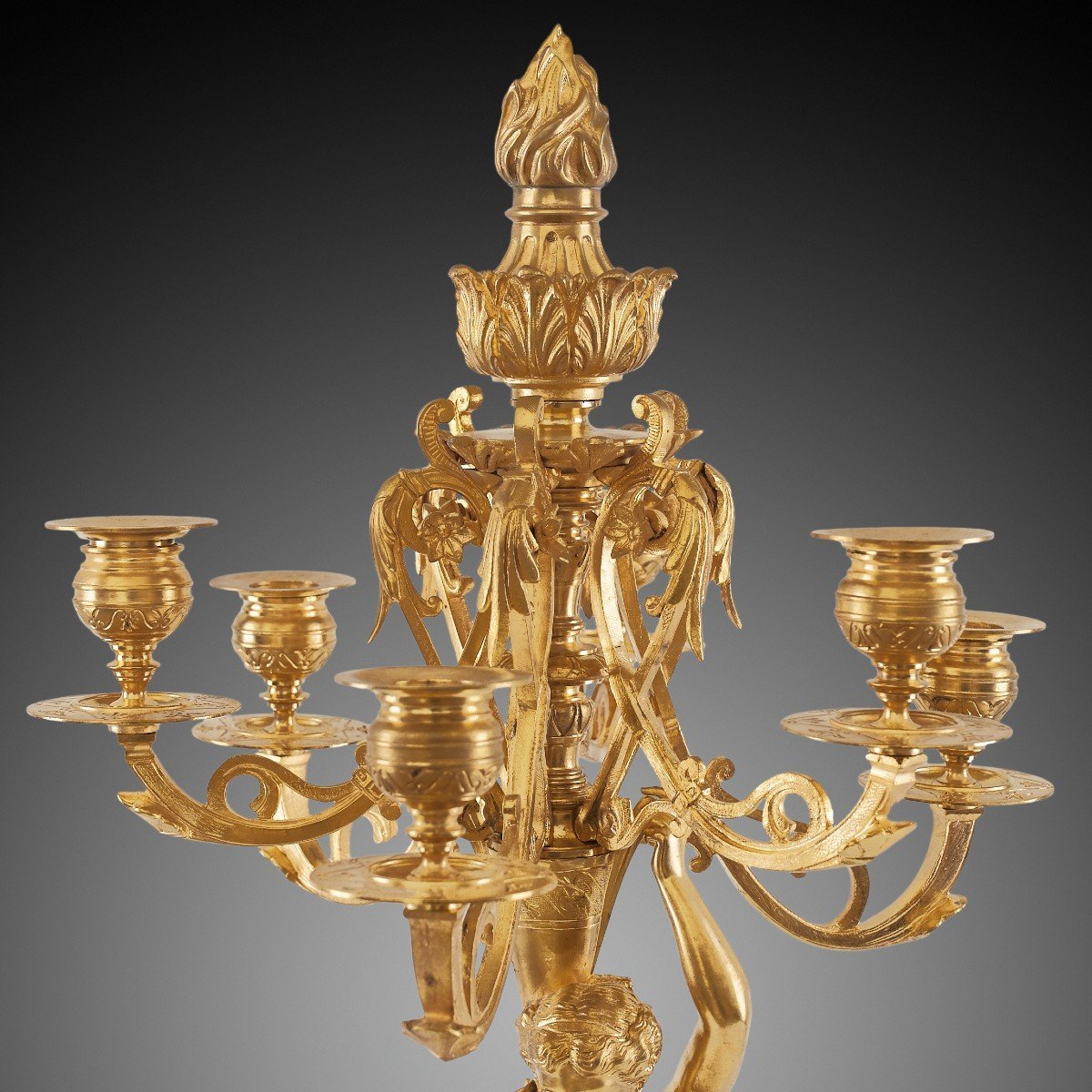


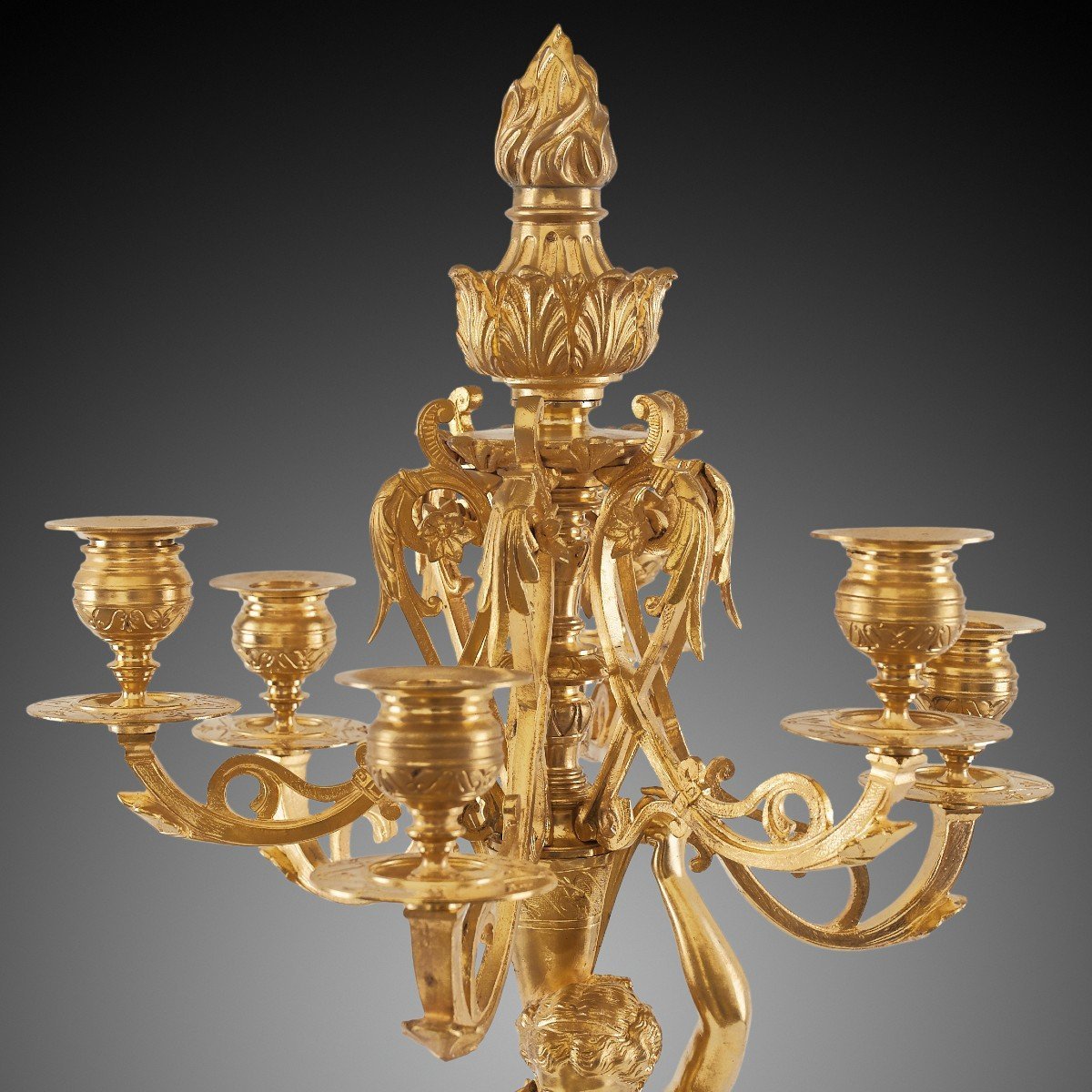
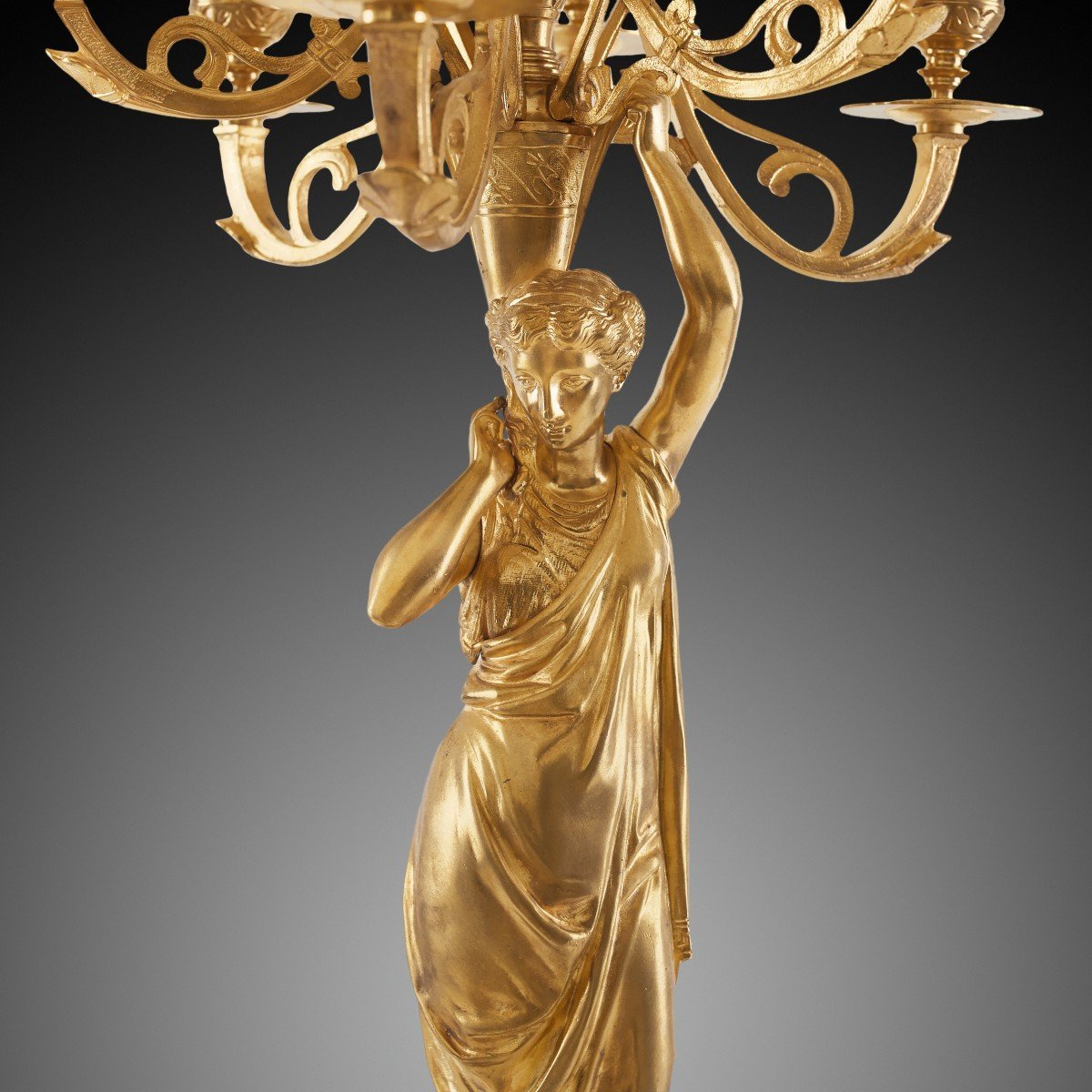

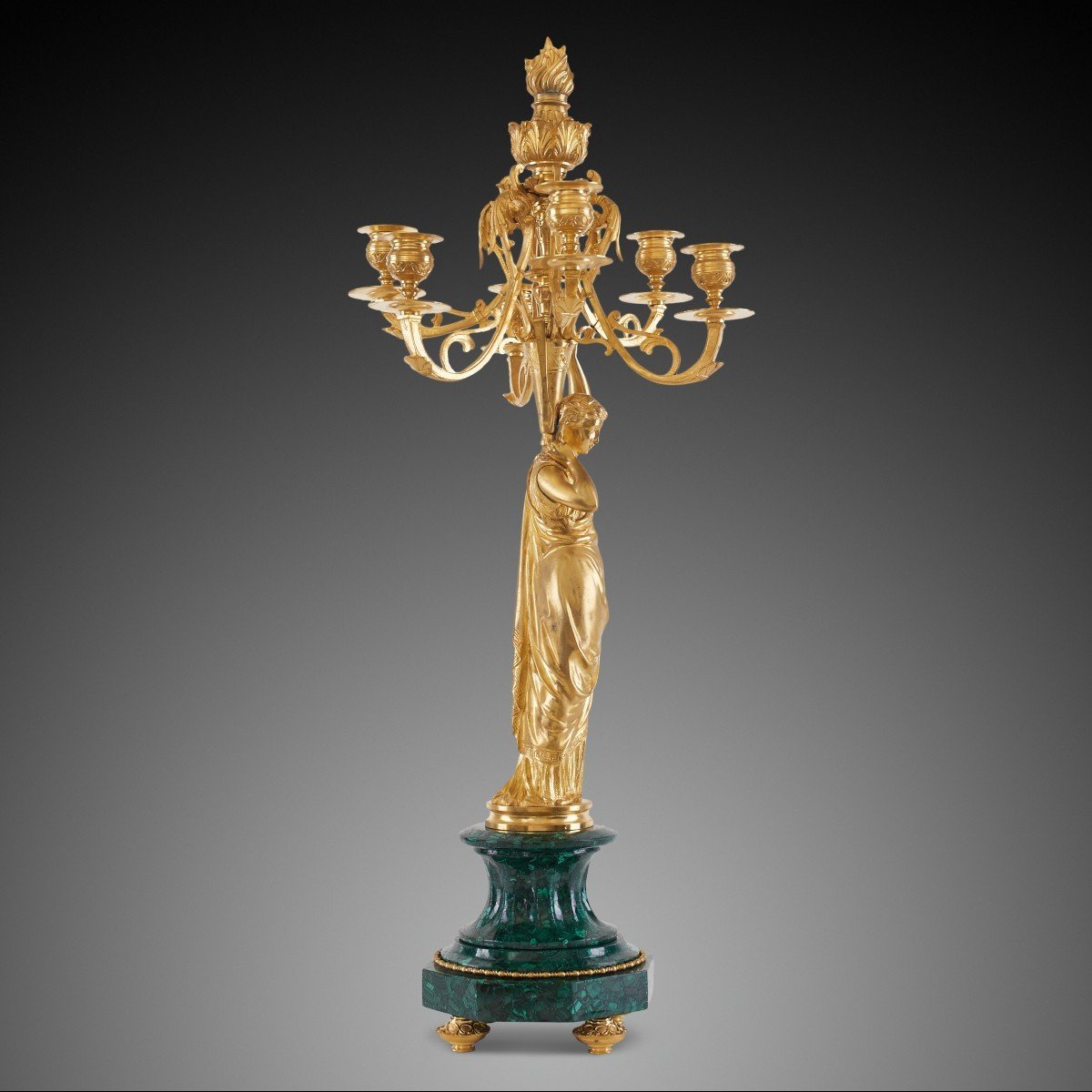













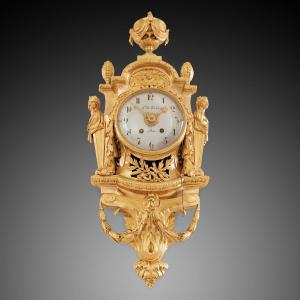
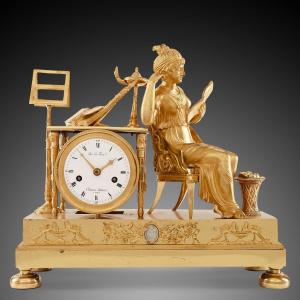



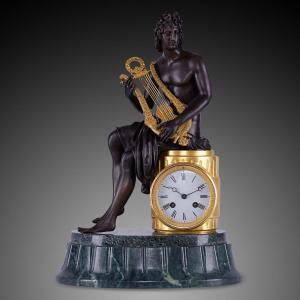

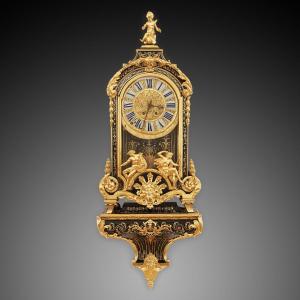
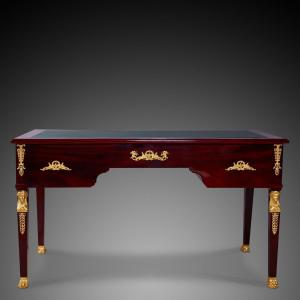






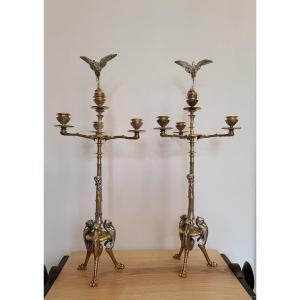

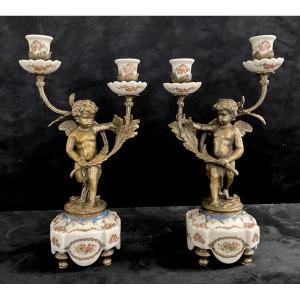





 Le Magazine de PROANTIC
Le Magazine de PROANTIC TRÉSORS Magazine
TRÉSORS Magazine Rivista Artiquariato
Rivista Artiquariato